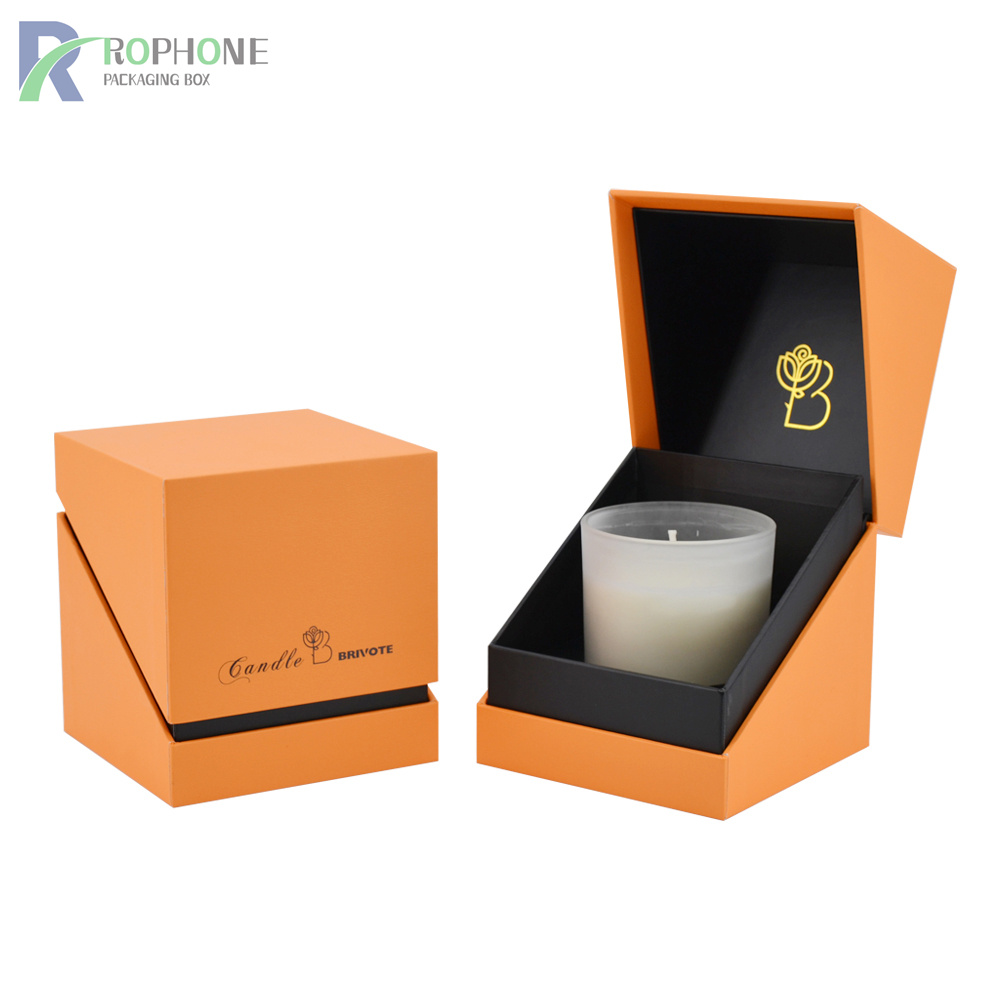- Jeffchen2121@gmail.com
- +86-18688742252
- Language
【Technology】Problems and Solutions in Candle Presentation Box Offset Printing
Tue Jul 12 11:01:47 CST 2022
1. What is offset printing of candle presentation boxes
The offset printing of candle presentation boxes is a typical lithographic printing, that is, the graphic part of candle presentation boxes and the non-graphic part are on the same plane of the printing plate, and are only distinguished by lipophilic and hydrophilic methods. The graphic part of candle presentation boxes is pro- Oily, the non-graphic part is hydrophilic. When printing, the printing plate is first covered with a layer of fountain solution to cover the non-graphic part, and then the ink is only adsorbed on the graphic part and then transferred to the canvas presentation boxes substrate. . Due to the characteristics of lithography, the water film of the non-graphic part and the ink film of the graphic part on the printing plate need to be strictly demarcated, so as to achieve mutual non-wetting and balance of ink and water. Therefore, the supply of dampening solution and ink is very high in the printing process. If the supply of dampening solution is not enough, the non-graphic parts on the printing plate will be stained with ink and stain the layout, which will affect the printing. If the amount is too large, it will affect the normal transfer of the ink, resulting in uneven ink color, lower color registration accuracy and ink emulsification.
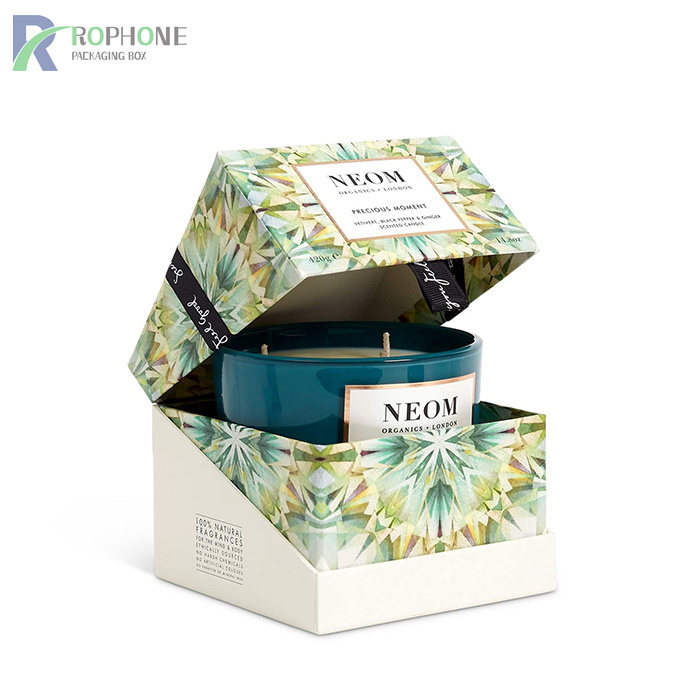
2. Candle presentation boxes printed dirty
Dirty printing of candle presentation boxes refers to the phenomenon of ink smears on the non-text parts of the prints. The specific manifestations include thickening of the ink film of the candle presentation boxes, spreading and spreading of marks, and smearing of dots. The dirty version is divided into oiling and dirtying. Oiling refers to the irregular expansion of the pictures and texts of the candle presentation boxes, causing the pattern of the candle presentation boxes to be deformed. The dirtying refers to the large-scale spread of ink spots. There are several possibilities for this problem: first, the printing plate is not well prepared, and the fat-sensing ability of the non-graphic part of the printing plate is not well reduced; secondly, the water roller may be dirty or stained with ink, and the dampening effect may be caused by dampening. The liquid is transferred to the printing plate, so that the non-graphic part of the printing plate absorbs the ink; if the water resistance of the ink is not strong enough or the water supply is too large, the ink will also be emulsified, and the non-graphic part of the printing plate will be transferred to cause a dirty version. This may be due to the use of too much strong desiccant or wetting agent in the ink; if the pH value of the fountain solution is too small, it will also cause problems. If the pH value is too small, the acidity of the fountain solution will increase, which will cause printing. The plate accelerates corrosion, causing sand holes in the non-graphic part and absorbing ink; if the ink is too soft or the amount of ink is too large, it will also stick to the non-graphic part of the printing plate, which needs to be avoided by adjusting the ink balance; Too much additive content will also cause dirty plates, which can be avoided by adding offset printing ink with high viscosity.
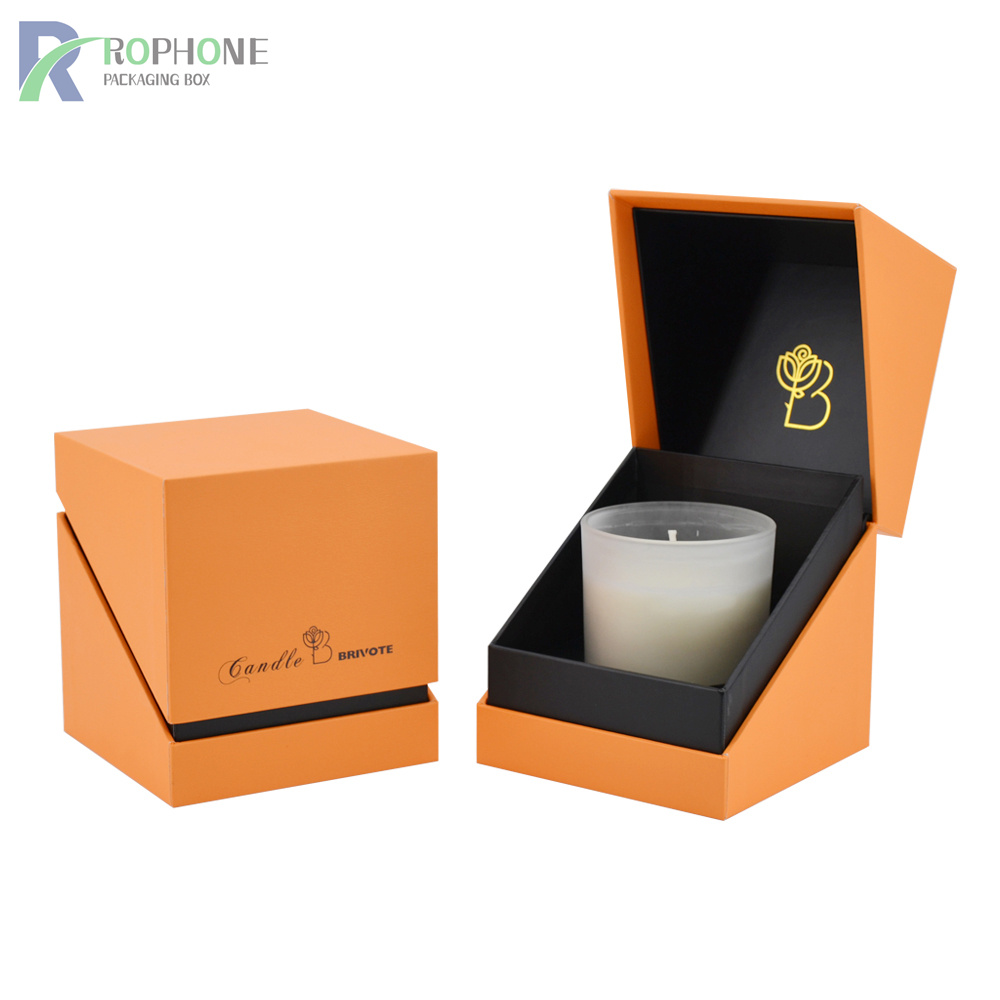
3. The printing of candle presentation boxes is dirty
The printing speed of candle presentation boxes is too fast, and the ink does not have time to cure, causing the ink to transfer to other paper. In the process of high-speed rotary offset printing, it only takes 0.1s for the paper to travel from the first embossing roller to the second embossing roller, and it is easy to get dirty. There is also too much pressure on the accumulation of paper, which is also prone to rubbing. Therefore, attention should be paid to reducing the pressure of the accumulation of candle presentation boxes in production, reducing the amount of ink supply, and adding organic substances such as paraffin to change the properties of the ink to prevent smudging.
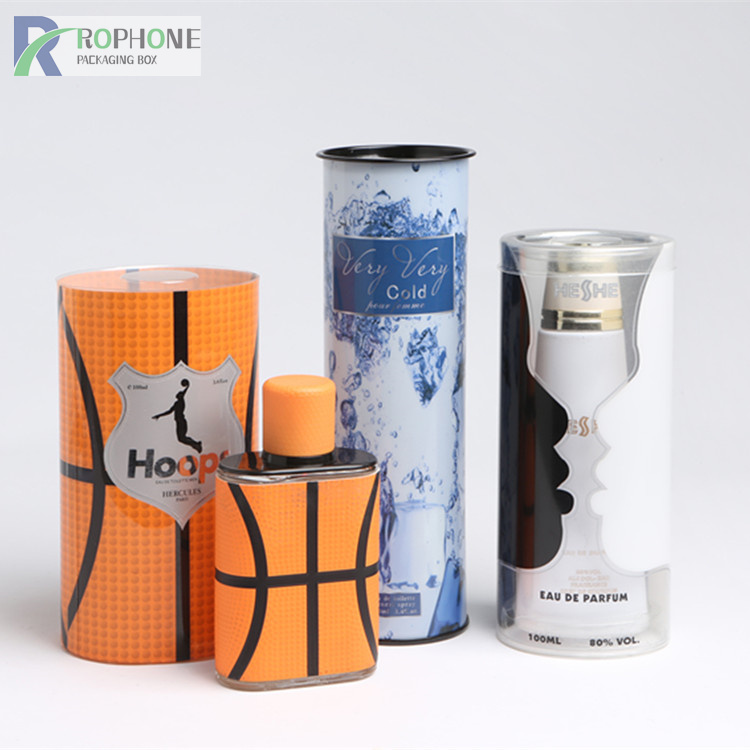
4. The printing of candle presentation boxes is dirty
The printing smudge of candle presentation boxes refers to the combination of some components of the ink and the fountain solution, so that the non-graphic parts of the printing plate and the printed matter are evenly dyed with a slightly light color, mainly because of the interaction between the ink and the fountain solution. Due to insufficient incompatibility, it is necessary to improve the water resistance of the ink.
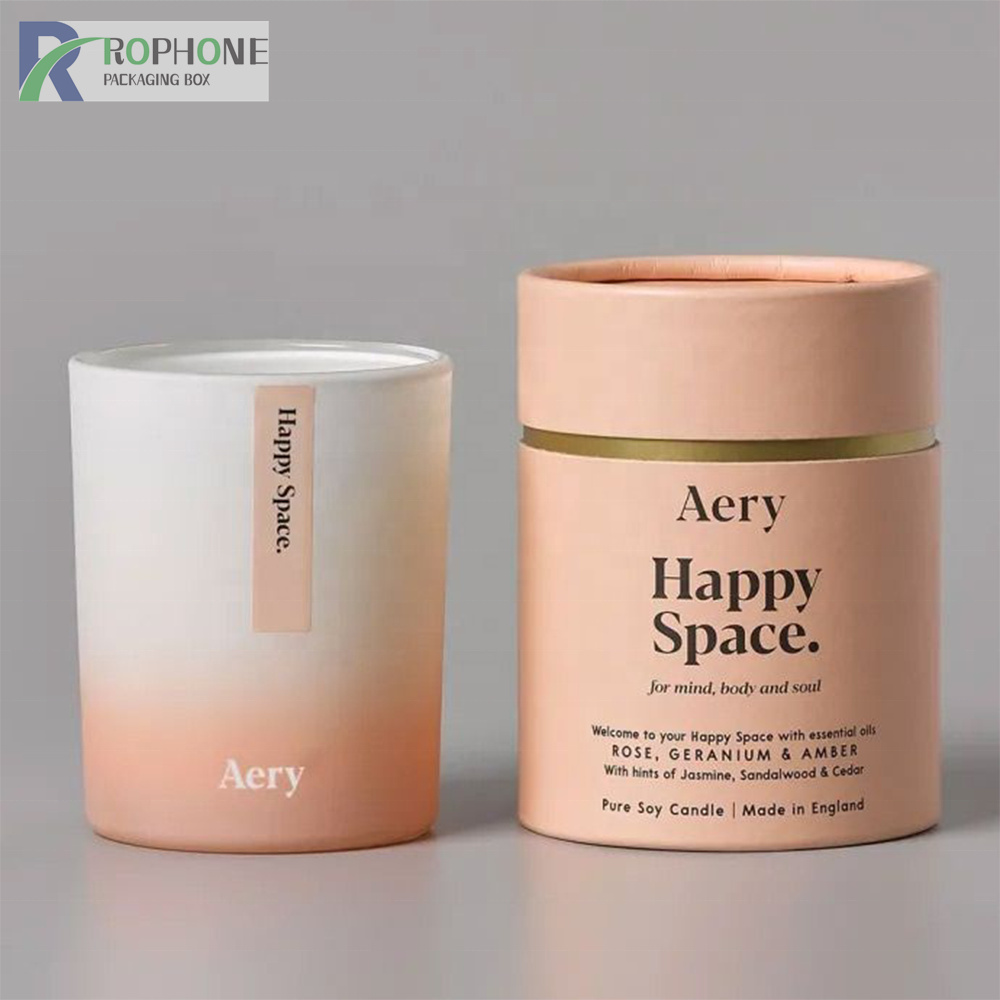
5. Candle presentation boxes print too slowly
If there is not enough desiccant in the ink for printing candle presentation boxes, the drying speed of the connecting material is slow, and the humidity in the workshop is high, the ink will not be able to dry in time, which will easily cause smearing. During the printing process, desiccant can be appropriately added, water supply can be reduced, quick-drying ink can be used, the relative humidity of the workshop can be lowered, and air circulation can be maintained.
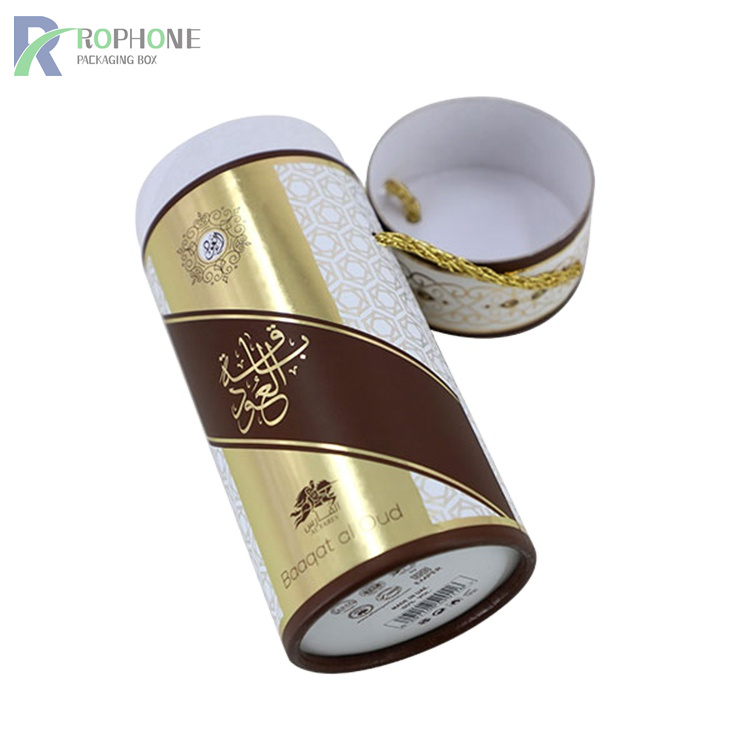
6. candle presentation boxes printing deinking
Deinking refers to the imbalance of ink and water during the printing process, which causes part of the ink on the ink roller to be replaced by water and does not stick to the ink. Repel ink. This problem can be solved by reducing the amount of water supply, reducing the concentration of fountain solution or adding ink thinner.
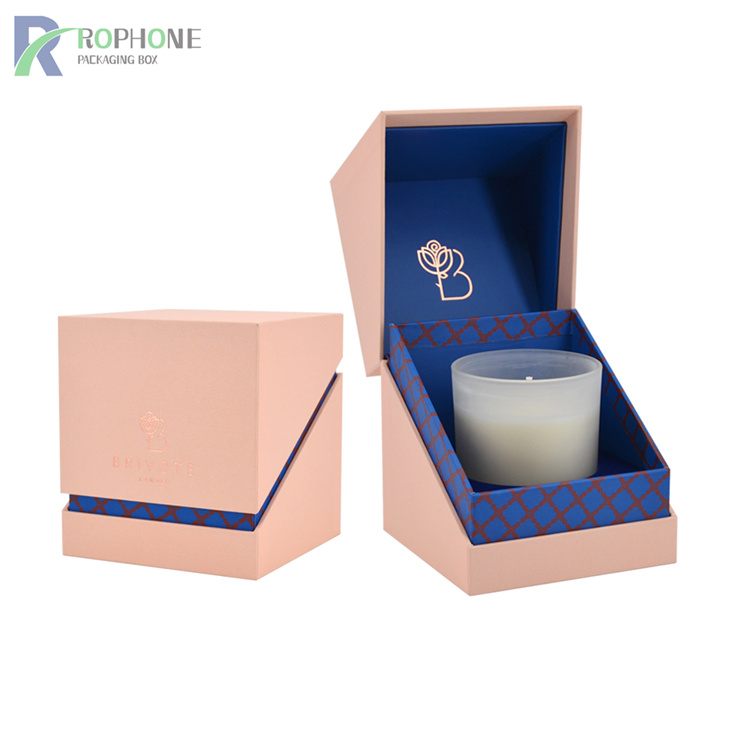
7. Candle presentation boxes are out of print
Candle presentation boxes printing drop refers to the phenomenon that the pH value of the fountain solution is too low and the acidity is too high, so that the lipophilic layer on the graphic part of the printing plate is destroyed, and the graphic part of the printed product becomes lighter and lighter. If there is a problem of plate dropping, the acidity of the fountain solution should be adjusted in time.
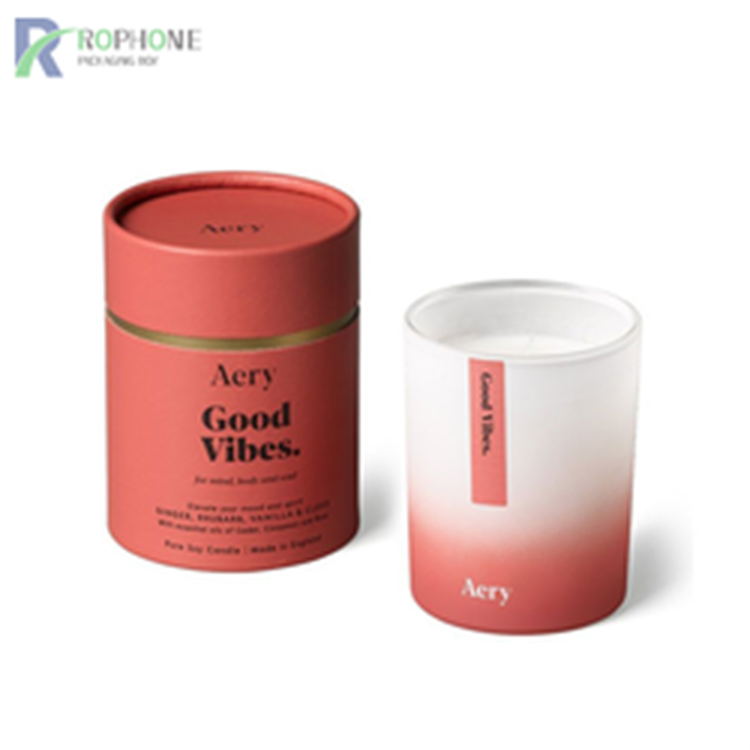
8. candle presentation boxes printing paper lint or powder off
When candle presentation boxes are printed, small fibers or small particles fall off the surface of the paper and accumulate on the graphic part of the blanket, which will cause the quality of candle presentation boxes to decline. This problem can be caused when the paper used is of poor quality, the pressing force is too high, the water supply on the plate is insufficient, the printing speed is too fast, the blanket is too stiff, and the friction between the paper and the blanket is too high. It can be solved by replacing the paper, reducing the printing pressure, adjusting the water supply of the fountain solution, replacing the ink with a lower viscosity, using a better elastic, smooth and flat blanket, reducing the printing speed, and scrubbing the blanket and printing plate in time.
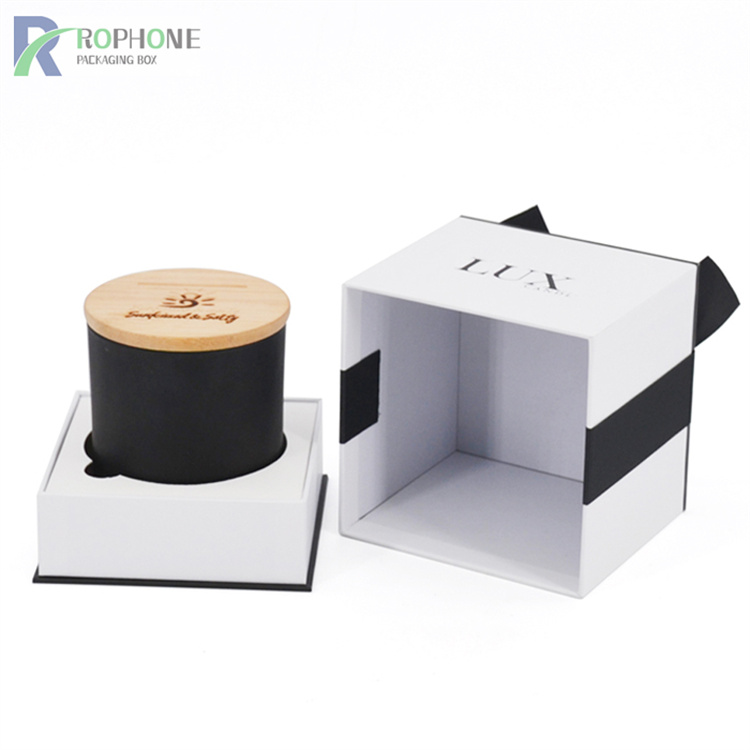
9. Candle presentation boxes print pile of ink
Ink accumulation in candle presentation boxes refers to the phenomenon that the ink accumulates on the printing plate, roller and blanket during the printing process, causing the dots to die and cannot be printed smoothly. This phenomenon can be seen from the change of the ink film on the roller, the ink film becomes thick and the surface is rough and dull. This is because after the ink is emulsified by the fountain solution, the binder loses the function of carrying the pigment, and the ink becomes a slurry, which eventually leads to poor ink distribution, poor transfer performance, or too high pigment content in the ink. In multi-color printing, if the viscosity of the ink after printing is too large, or the water resistance of the pigment is too poor, the dispersion in the binder is poor, it is not fully wetted, the relative density is too high, the oil absorption is small, and the ink supply is too much , Improper oil-water balance, etc., the ink cannot be overprinted, and it will also accumulate on the blanket. If the phenomenon of ink accumulation occurs, after analyzing the reasons, a targeted solution can be provided. Such as adding suitable and relatively viscous binders, additives, etc. to improve the water resistance of the ink, reduce the amount of ink supplied, reduce the amount of fountain solution, reduce the acidity of the fountain solution, change to good quality paper, and choose appropriate pigments, etc. .
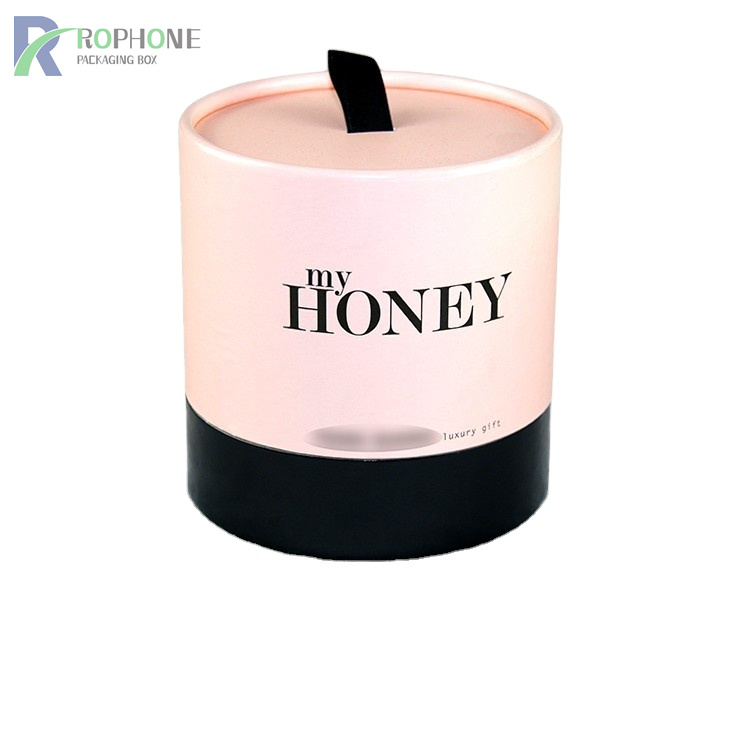
10. Candle presentation boxes are printed with thicker graphics and text
When the canvas presentation boxes are thicker, the print looks oily, and the dots and lines become wider and larger. The reasons are that the ink is too thin, the oiliness is too high, the acid value of the binder is too high, the acidity of the fountain solution is too weak, the pigment is poorly dispersed in the ink, the water resistance of the ink is too strong, and the auxiliary agent in the ink is not suitable. It can be solved by adding viscous linking material to the ink, increasing the water supply, and increasing the acidity of the fountain solution.
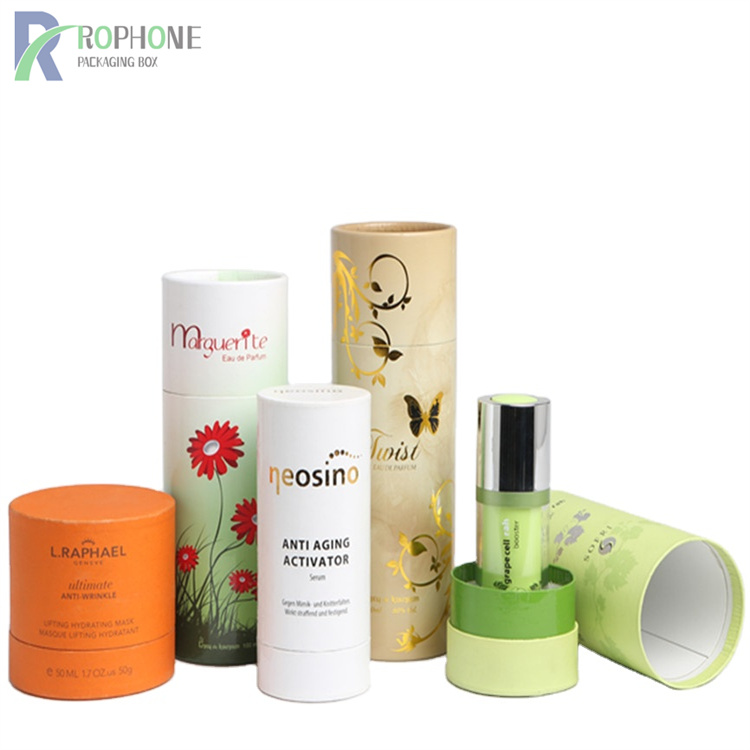
11. Candle presentation boxes are printed too sharply
When the printing ink of the candle presentation boxes is too viscous or the acidity of the fountain solution is too large, it corrodes the layout, making the graphic part more hydrophilic, which will cause the color of the printed matter to become weaker and weaker. This phenomenon is called too sharp. The viscosity of the ink can be reduced, or the acidity of the fountain solution can be reduced to solve the problem.
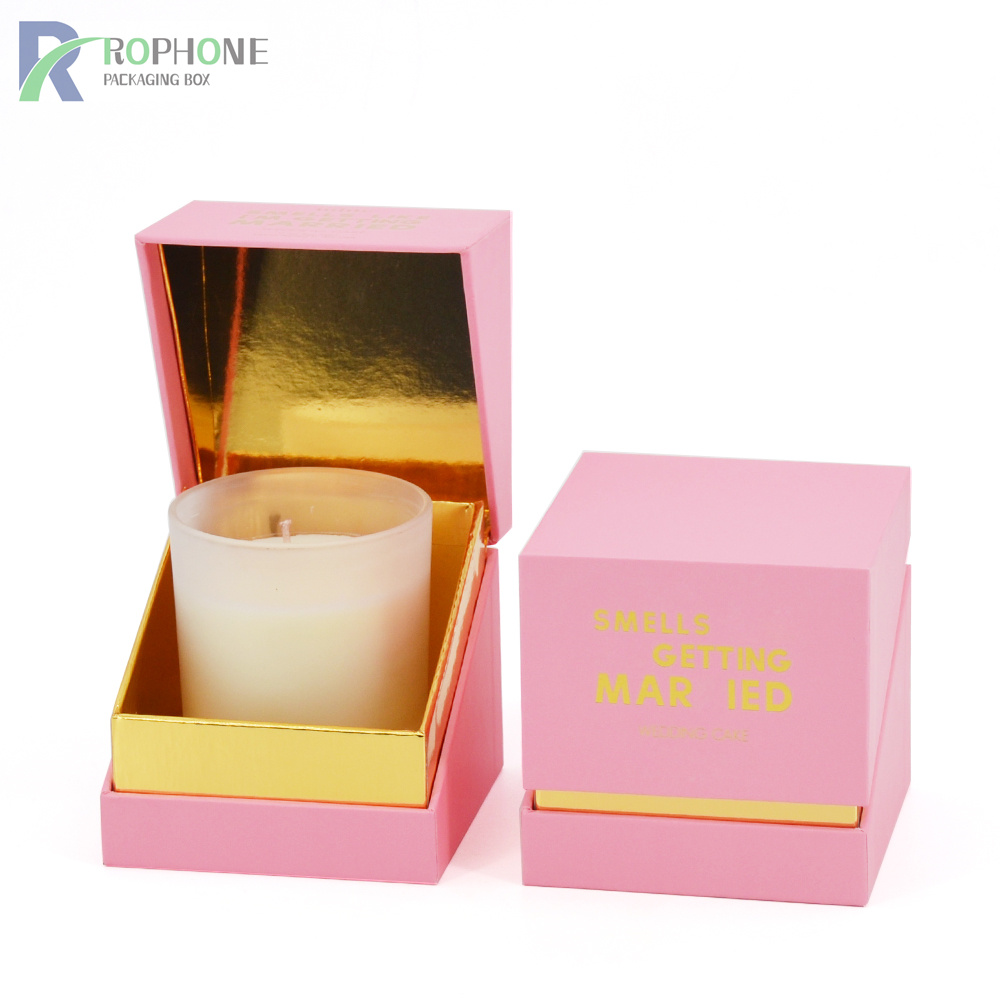
12. Candle presentation boxes print spots
Candle presentation boxes are printed in light or dark colors, and some of this color distribution is irregular and some are regular. Spots appear because the paper surface is irregular and the ink is too transparent; the printing pressure is too high, pressing the ink into the concave parts of the paper surface; if the colored water droplets stick to the solid position of the printing plate, snowflake-like spots will form. Thicker ink can be used, the printing pressure is adjusted smaller, paper with smooth and uniform surface and ink with good water resistance can be used, and opaque ink can be used as much as possible.
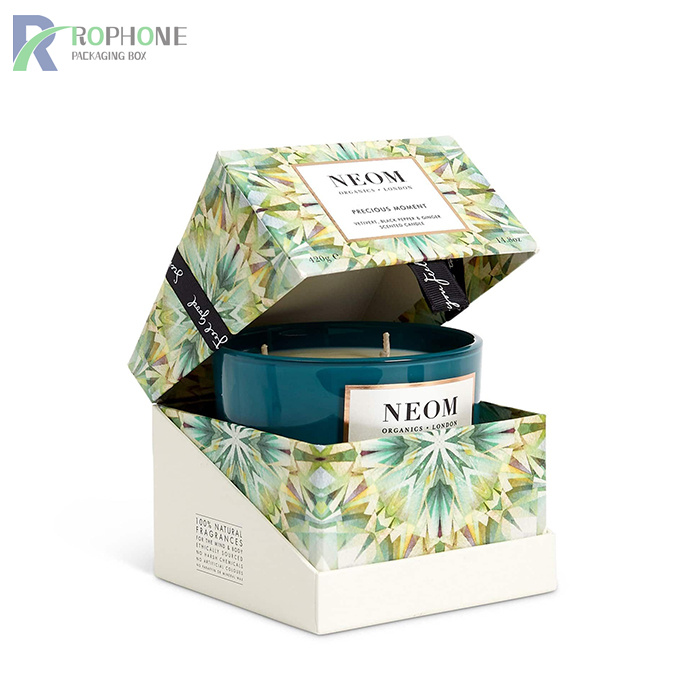
13. Candle presentation boxes are printed without ink
The candle presentation boxes are streaked and pale in color. The reason is that the ink is too short, the yield value is too high, the ink has been gelled, and there may be water mixed into the ink, resulting in too high pigment content in some flocculated inks. This requires constant stirring of the ink in the ink fountain to keep the ink flowing. This problem can be solved by using ink with better fluidity and strong water resistance, or adjusting the ink with medium and high viscosity binder.
